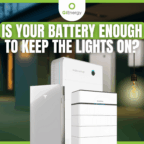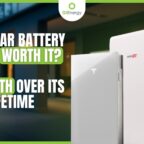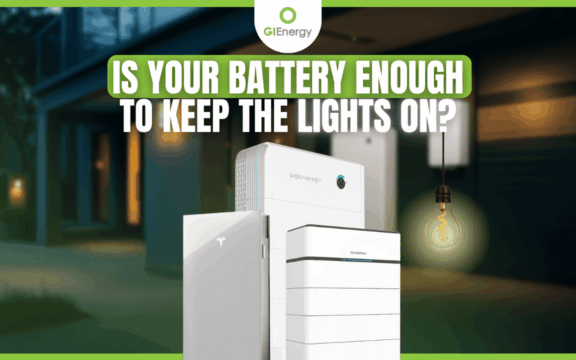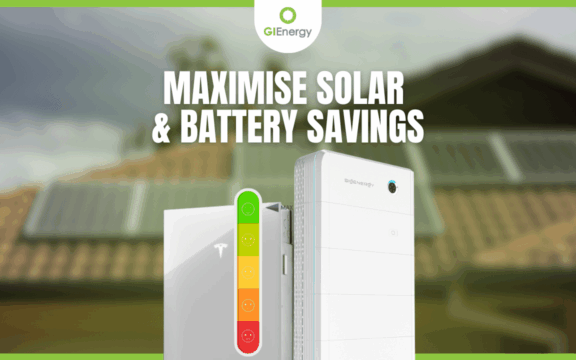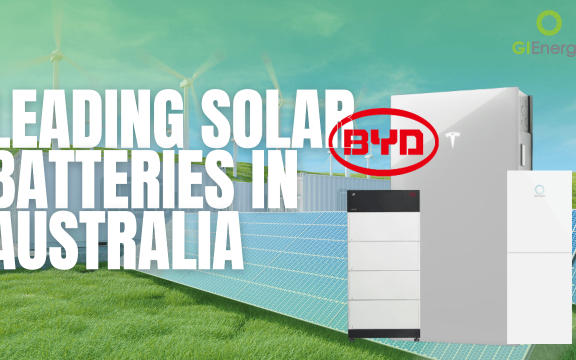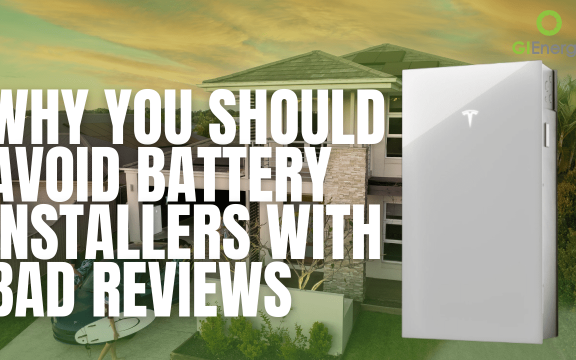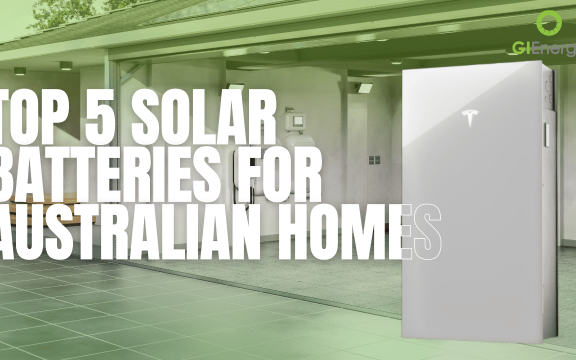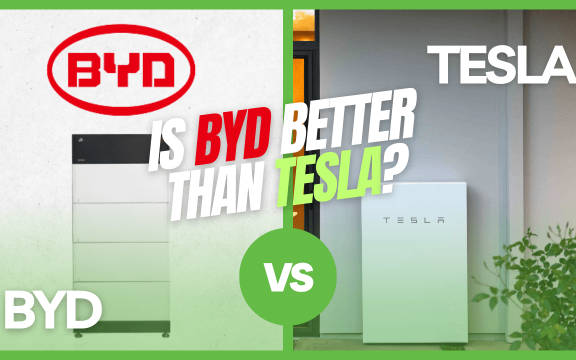Tesla vs Sigenergy
Quick Answer:
When comparing Tesla vs Sigenergy, both batteries are excellent—but Sigenergy edges ahead in modularity, backup capability, and tech innovation. Tesla wins on brand trust and sleek design, but Sigenergy offers more flexible storage, advanced AI, and full three-phase backup, making it the smart choice for many Australian homes.
Thinking About a Solar Battery? You’re Not Alone.
More Australians than ever are turning to solar batteries to protect against blackouts, reduce energy bills, and prepare for a future filled with electric vehicles and smart homes. With the federal battery rebate paying for a large portion of home and business battery costs, volume for battery installs in Australia has skyrocketed.
If you’re a homeowner researching Tesla Powerwall 3 vs Sigenergy, you’re likely wondering:
- Which battery gives better backup?
- What’s more future-proof?
- Which one will give me better ROI?
- Is Sigenergy even trustworthy?
Let’s unpack it all.
Tesla vs Sigenergy: Feature Comparison Table
| Feature | Sigenergy SigenStor | Tesla Powerwall 3 |
|---|---|---|
| Total Storage | Up to 48kWh per stack (modular in 5/8kWh blocks) | 13.5kWh (stackable) |
| Backup Capability | Full three-phase + single-phase backup | Single-phase backup only |
| Charge/Discharge Rate | Up to 30kW (varies by inverter choice) | 5kW continuous, 7kW peak |
| Size & Install | Modular, floor/wall mount (some limits) | Slim, wall or floor mountable |
| Safety Tech | Temp & gas sensors, fire suppression | Excellent standardised safety |
| EV Support | AC/DC charging, Vehicle-to-Grid/Home ready | AC only. No V2G/V2H |
| Aesthetics | Sleek, stackable modern look | Iconic, minimalist Tesla style |
| Warranty | 10 years (70% capacity), 5-year gateway* | 10 years (70% capacity) |
| Smart Features | AI-driven, app-based modular control | Tesla app, Storm Watch |
| Price Range | From ~$10k installed (varies) | From ~$15k installed (varies) |
*Extendable to 10 years.
Battery Size: How Much Storage Do You Really Need?
If you have a large family, EVs, or a home business, you’ll likely need more than 13.5kWh of storage. Sigenergy offers stackable modules, allowing up to 48kWh in one sleek tower, ideal for high-consumption homes. You can also stack Sigenergy is 5kWh or 8kWh modules so the design flexibility is fantastic.
Tesla Powerwalls can be stacked too—but at 13.5kWh per unit, they take up more wall space and require more installation logistics.
Takeaway: Sigenergy wins on scalability and flexibility.
Tesla vs Sigenergy Backup Power: Not All Systems Are Equal
Both systems offer blackout protection—but there’s a key difference:
- Tesla Powerwall 3 provides single-phase backup. If you have three phase power you can still back up a single phase but you cannot black start the battery when it runs out. This means, you can use the full amount of energy in the battery at the time of blackout, but you wont re-charge the battery the next day when the suns comes out, regardless of how many solar panels you have. Essentially, you only get one ‘go’ at using the battery until grid power returns, which is very frustrating if youi have loads of solar panes on the roof that are basically useless until the grid returns.
- Sigenergy offers three-phase backup—a game-changer if you have three-phase appliances or run a home business. With Sigenergy you can blackstart regardless of single or 3 phase power which means if the grid power has not returned by the time the suns comes out again, your solar panels will start re-charging the battery for you. This is a massive benefit.
GI Energy’s own Dan shared:
“During a recent storm, my Tesla Powerwall could only give one discharge cycle before going offline. With Sigenergy, the system could’ve recharged the next day using solar, even with grid power out.”
Takeaway: For blackout resilience, Sigenergy is far superior.
Physical Size & Installation Flexibility
Powerwalls are famously slim—ideal for tight spaces like garages or side yards. However, if you’re adding multiple units, stacking gets complicated.
Sigenergy’s modular tower can be placed in a single, tidy footprint and expanded vertically.

Takeaway:
- Small install space = Tesla
- Expandable system = Sigenergy
Tesla vs Sigenergy Design & Aesthetics: Which One Looks Better?
Tesla’s design is iconic—sleek, white, and minimalist.
Sigenergy holds its own, with a stackable matte black system that blends beautifully in modern homes. Both feature LED indicators and app-connected performance views.
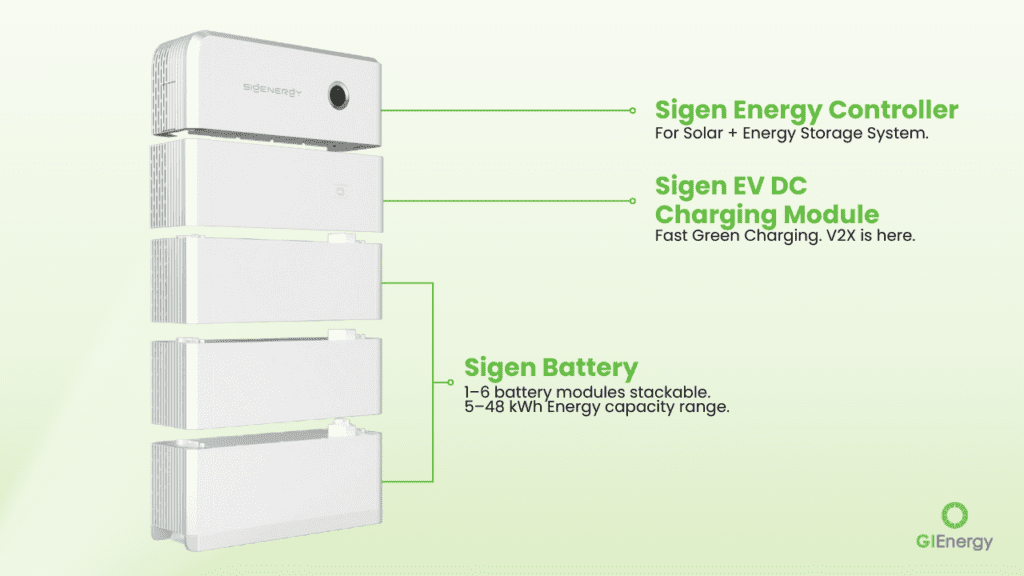
Matt from GI Energy sums it up:
“Tesla might have a slight edge in looks, but Sigenergy isn’t far behind—and the tech inside is arguably more impressive.”
Safety: Which One Is Safer?
Both batteries are Clean Energy Council (CEC) approved and meet Australia’s stringent safety standards.
However, Sigenergy takes safety a step further:
- Built-in gas sensors
- Temperature regulation
- Fire suppression integration
Takeaway: Both are extremely safe—but Sigenergy innovates ahead in 2025.
Warranty & Reliability: Trust Matters
Tesla is a global brand with over a million installs globally, and that kind of track record offers peace of mind. Its 10-year warranty is solid.
Sigenergy matches Tesla’s 10-year battery warranty and is rapidly gaining market share globally. The gateway component comes with a 5-year warranty, extendable to 10.
Takeaway: Tesla wins on brand legacy; Sigenergy is catching up fast.
Tesla vs Sigenergy Smart Features & Future Tech
Tesla is known for innovation—but surprisingly, Sigenergy edges ahead here too.
- Vehicle-to-Grid and Vehicle-to-Home ready (Tesla lacks this)
- DC charging (Tesla uses AC only)
- AI control and firmware updates for smart load management
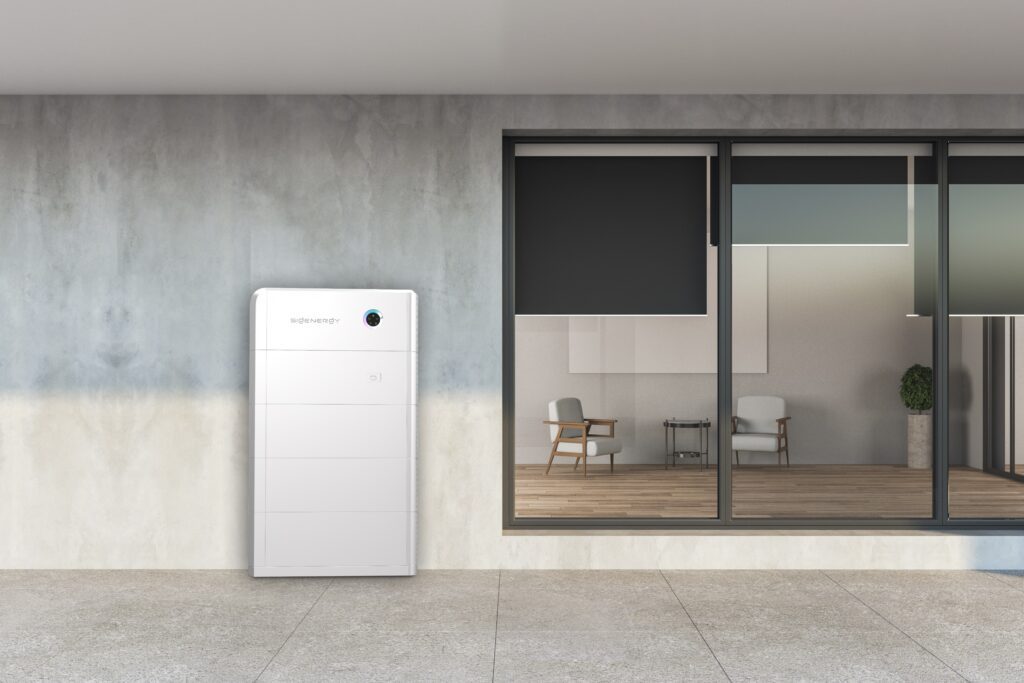
Sigenergy is designed to evolve as your needs change—with software updates unlocking more features over time.
Takeaway: If future-proofing is your goal, Sigenergy leads.
Real-World Verdict: What Our Experts Say
“If I were starting from scratch today,” says Daniel from GI Energy, “I’d choose Sigenergy. It’s modular, smart, and just makes more sense in today’s world.”
GI Energy installers prefer it too, calling it the most intuitive system to install and maintain.
Final Word: Tesla vs Sigenergy
✅ Choose Sigenergy if:
- You want maximum flexibility and storage
- You have three-phase power
- You’re planning to get an electric vehicle
- You want advanced safety and smart features
- You want modular design flexibility
✅ Choose Tesla if:
- You’re already in the Tesla ecosystem
- You have tight space and want a sleek install
- Brand reputation is your top priority
FAQs: Tesla vs Sigenergy Solar Batteries
Is Sigenergy a good brand?
Yes. Sigenergy is a fast-growing, CEC-approved company known for innovative, modular battery systems with strong safety and AI features.
Which battery has better backup during blackouts?
Sigenergy. It supports three-phase backup and solar recharge during outages, giving you more resilience.
Can Sigenergy batteries work with EVs?
Absolutely. They support Vehicle-to-Grid (V2G) and DC fast charging, which Tesla Powerwalls currently do not.
Do both batteries qualify for rebates?
Yes. Both are eligible. We recommend checking our Solar Battery Rebate Guide for the latest news and updates.
How long do these batteries last?
Both offer a 10-year warranty with expected 70% capacity remaining after a decade.
Which is better for ROI?
Sigenergy often provides better ROI due to its scalability and efficiency—especially for homes using >20kWh daily.
Summary: Key Takeaways
- Sigenergy outperforms Tesla on scalability, backup, safety, and future tech
- Tesla still wins on aesthetics, space-saving, and brand trust
- Both batteries are great—but Sigenergy is the smarter long-term choice for most Australian homes
Ready to Compare for Your Home?
Get a personalised savings report and see how much a Sigenergy or Tesla battery can save you.
Request a free quote — no obligation.
Or explore our full review: Is Sigenergy Any Good?
Written by Daniel McCabe, founder and strategist at GI Energy. With over 16 years in the energy industry — from procurement to solar and holistic energy management — Daniel is focused on helping Australians take a balanced, long-term approach to their energy needs. His insights combine real-world experience with a strong belief in intelligent, ongoing support — not just one-off solar installs.
About GI Energy
GI Energy is an award-winning Australian solar and battery installation company with over a decade of experience. Known for ethical practices, high-performance systems, and exceptional after-install support, GI Energy is trusted by homeowners, councils, schools, and major businesses nationwide.


